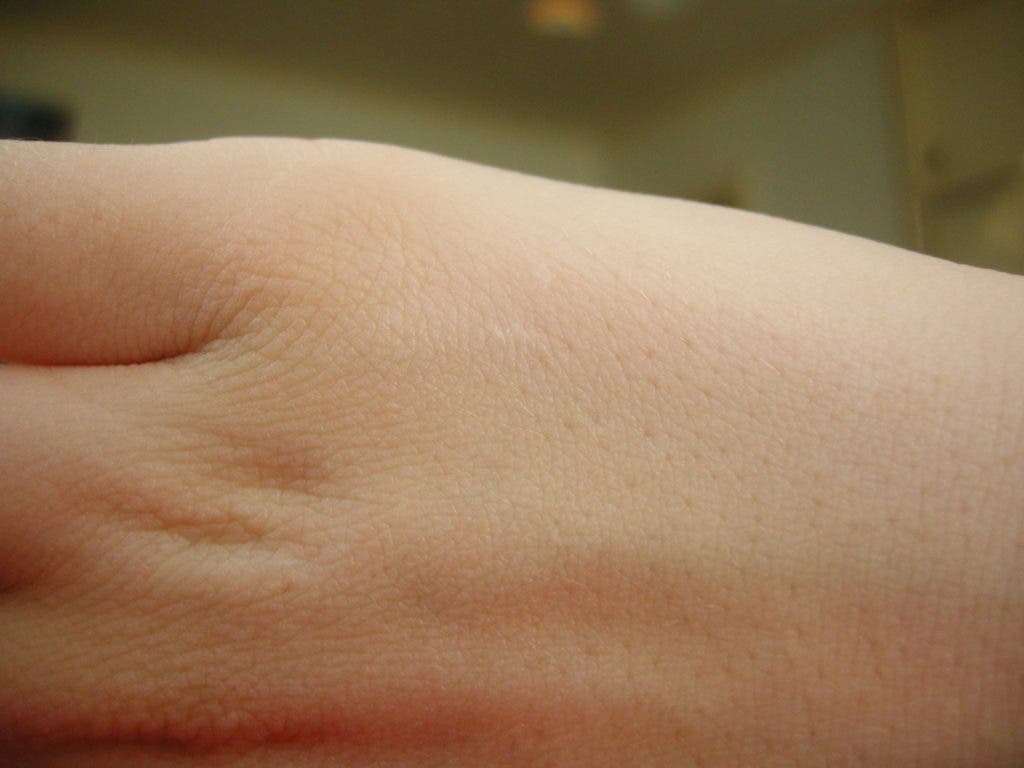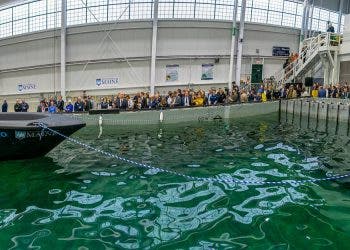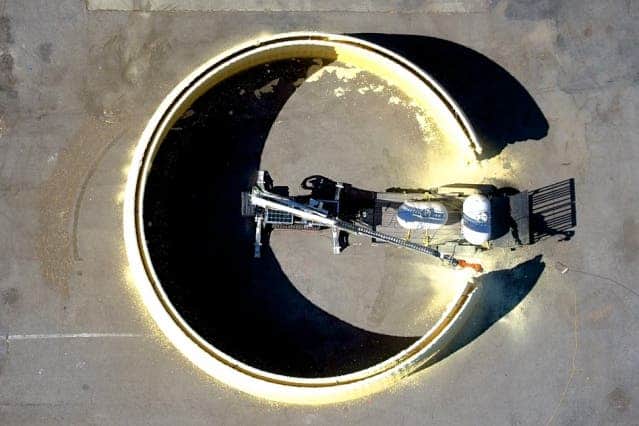
Spanish researchers have built a 3D bioprinter that creates human skin, one layer at a time. The primary application is cosmetics and drug testing, finally bringing an end to animal testing. If tests deem it biocompatible, the printed skin could also prove very useful as a replacement for burned victims, for instance.
The prototype printer was specially designed to layer cells such that the end product mimics the human skin as closely as possible. The printed skin features an external layer for protection (the epidermis), a thick layer in the middle that acts as the dermis, and finally another layer made of fibroblast cells. The latter layer produces collagen, the main structural protein found in skin and hair which gives skin its elasticity and mechanical strength.
“Knowing how to mix the biological components, in what conditions to work with them so that the cells don’t deteriorate, and how to correctly deposit the product is critical to the system,” said researcher Juan Francisco del Cañizo of the Hospital General Universitario Gregorio Marañón and Universidad Complutense de Madrid
The process can be tailored for two types of products: allogeneic (genetically dissimilar, i.e. from another person) and autologous (obtained from the same individual) skin. Allogeneic skin can be sourced from any stock of cells and can be deployed at a wide scale. Autologous skin is made on a case by case basis because the cells to be printed are obtained from the patient.
“We use only human cells and components to produce skin that is bioactive and can generate its own human collagen, thereby avoiding the use of the animal collagen that is found in other methods,” the researchers note
“This method of bioprinting allows skin to be generated in a standardized, automated way, and the process is less expensive than manual production,” said Alfredo Brisac, the CEO of BioDan Group, a company that wants to bring this method to the market.
The full details of the research have been published in the journal Biofabrication.






